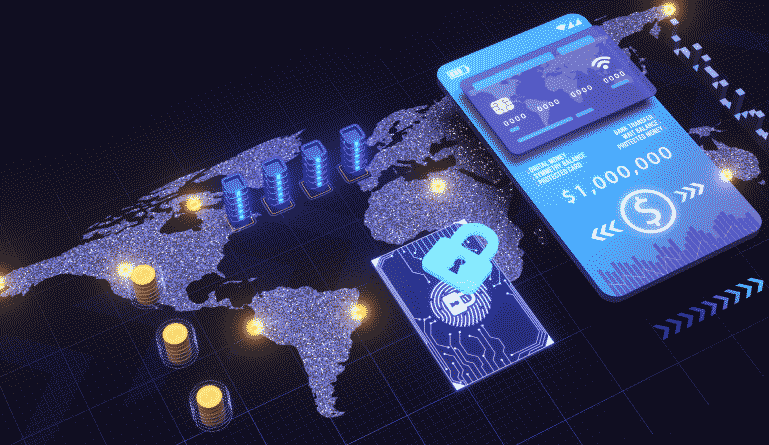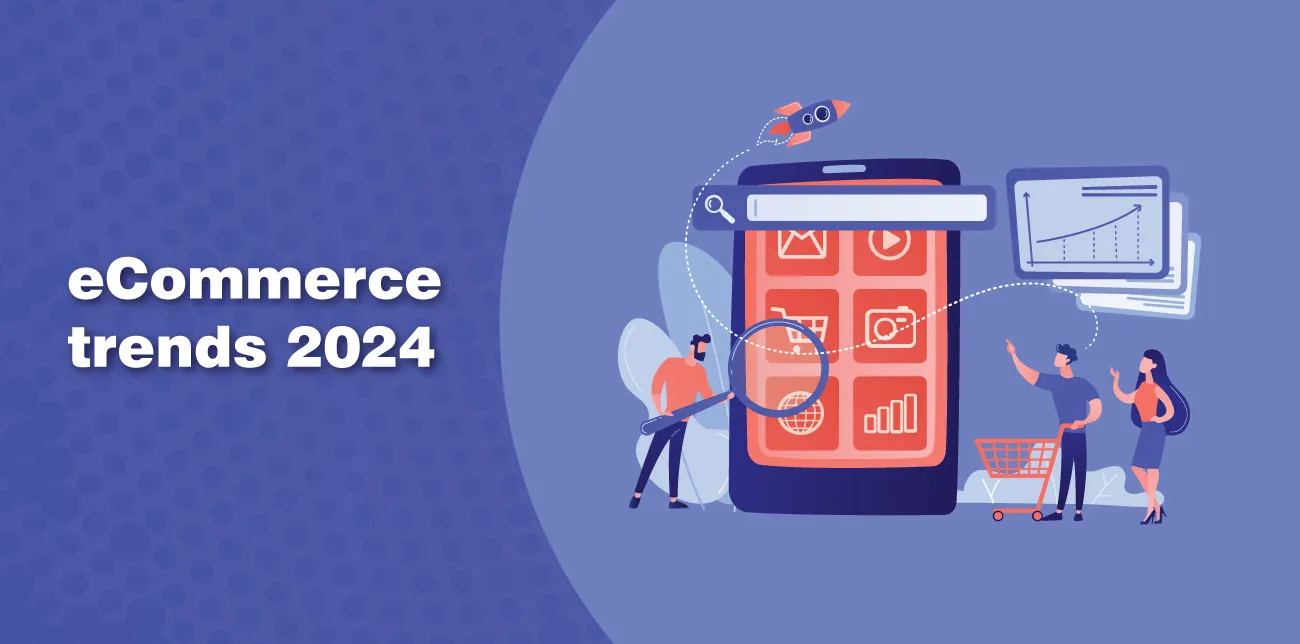Security of e-commerce payment platforms can make or break your online store. In a world where thieves lurk behind screens, you need armor for your transactions. Get smart about your online cash flow. I’m here to arm you with the shields against cyber threats. Safe payment methods are not just an option; they are the cornerstone of your e-commerce success. Whether it’s through compliance or encryption, let’s lock down each purchase and checkout with confidence. Read on, and let’s build a fortress around your digital till.
Implementing Core E-Commerce Payment Security Measures
Understanding and Enforcing PCI DSS Compliance
When you shop or sell online, you want to keep your money safe, right? So does everyone else. That’s where PCI DSS compliance comes in. It’s a set of rules to protect card info online. Think of it as a strong fort that guards your card numbers from thieves. Stores that follow these rules are less likely to have stolen info. So, always check for PCI DSS compliance on the website you’re using.
This rule set ensures your sensitive payment info stays private. It’s a safety standard that stores need to follow. When they do, everyone’s happier and safer. Break these rules, and trouble comes knocking. So every online shop has a big job: keep up with these rules or risk big problems.
The Crucial Roles of SSL Encryption and Tokenization
SSL encryption is another big hero in this story, almost like a secret code. It turns your payment info into a puzzle only the right computer can solve. This means even if someone gets their hands on your data, they can’t do anything with it. Look for “https” in the web address. That ‘s’ means your info is sent safely.
Tokenization takes it up a notch. Imagine you give your payment info, and then it’s swapped for something else — a token. This token travels through the internet, but even if someone gets it, it’s useless to them. They need the original, which they don’t have. That’s how tokenization keeps your credit card details safe.
Both of these are like fierce guardians for your money. They work hard to make online shopping a worry-free activity. They turn your payment details into a secret and replace it with a decoy. That way, you get the fun of online shopping without the fear.
Remember, when you’re typing in your card details for that new gadget or dress, these measures are what keep you out of harm’s way. They ensure that your online transaction safety is top-notch and that your shopping spree ends with joy, not a stolen card. Using secure payment gateways that follow these rules is just smart shopping. They’re the unsung heroes that make sure your retail therapy stays therapeutic.
Advancing Transaction Security with Specialized Protocols
The Application of EMV 3D Secure Protocol
Have you ever wondered how to keep your card safe when you buy online? Meet the EMV 3D Secure Protocol. This cool tool adds an extra check to make sure it’s really you using your card online.
When you buy something, this system sends a code to your phone or email. You then type in this code online. It’s like a secret handshake. Only you and your bank know it. This cuts down on fraud.
Also, it’s smart! It learns about you, like what you buy and where. So if something seems off, it can react fast. This means less chance of someone stealing your card info.
The Importance of End-to-End Encryption in E-Commerce
Now, let’s talk safety for all your online buys. End-to-end encryption is a big deal here. It’s like sending a letter in a locked box. Only the person with the key can open it.
When you check out online, end-to-end encryption scrambles your card info. So, even if a bad guy grabs it, he can’t read it. Your info stays safe, from start to finish. Just how you want it.
Shops that use this keep your info locked up tight. Each time you buy, your data is in safe hands. Plus, it’s a must to meet some tough rules, like those for GDPR in Europe and others worldwide.
Keeping your shopping safe online takes some cool tech. By using these tools right, we make it hard for bad guys to get in. So, you can click “buy” without worry!
Enhancing User Authentication and Checkout Safety
The Integration of Multi-Factor Authentication
When you buy online, you want to feel safe, right? We all do. That’s why shops use something called multi-factor authentication for purchases. It’s like a superhero guard for your money. Think of it as a cool secret handshake. Only you and the online store know it. So, how does this work?
Multi-factor authentication is simple. First, you enter your password. Then, you get a code on your phone or email. You type in that code, and bam! You’re in. It’s a double-check to make sure it’s really you buying stuff, and not some sneaky thief.
Now, let’s get deeper into it. Imagine you’re at the door of a high-tech fort. The guard asks for your password—that’s step one. Next, they look at their magic crystal (which is actually your phone getting a text) and ask for the secret numbers it shows. You tell them the numbers. Only then does the door swing open.
Multi-factor authentication is like that. It uses two or more ways to check it’s you. It could be something you know (like a password), something you have (like your phone), or even something you are (like your fingerprint). That’s how online stores keep sneaky people away from your money. Plus, it’s a good sign that the store cares about keeping you safe.
Securing the Checkout Process for Customers
Securing the checkout process is another big deal. You want to get your cool stuff without worry. Stores know that. So they make the checkout like a safe play zone. It’s where all your buying happens without any trouble. They use a thing called secure payment gateways.
What’s a secure payment gateway? Well, it’s like a bridge your money crosses. But this bridge has guards and a big gate. It makes sure your money gets safely to the store. And no one else can grab it on the way. These gateways use smart tech like SSL encryption for payments. Encryption is like turning your money into a secret code as it crosses the bridge. Only the store can turn it back into money on the other side.
But wait, there’s more. Stores also do something named tokenization of credit card data. That’s a fancy way of saying they turn your card details into something like a puzzle. It can only be solved by the right people at the store. Even if baddies get this puzzle, they can’t do anything with it. It keeps your card safe.
So, why all this fuss? It’s not just to make buying cool stuff easy. It’s to make sure you can shop without fear. These shops put up all these guards—like multi-factor authentication and secure gateways—so you and your money stay safe. It’s their job to fight off the bad guys who want to steal from you. With all this in place, you can just focus on snagging that awesome deal or the latest gadget. Isn’t that some peace of mind?
Proactive Fraud Prevention and Secure Payment Technologies
Utilizing AI and Real-Time Monitoring to Combat Fraud
When you shop online, you trust stores with your card info. But bad guys, what we call fraudsters, are always ready to steal. That’s why shops must be super smart to keep your money safe. Shops use cool tech like AI – think of it as a super-smart robot – that watches over your shopping. The moment you click “buy,” AI starts its job. It checks for signs of fraud in no time flat. How? By learning what fraud looks like and catching it quick, before it hurts you or the shop.
AI in shops gets better every day. It learns from mistakes to make fewer over time. Plus, stores also use real-time watching. This means they don’t wait; they check your buy now and fast! Shops care a lot about keeping your shopping safe. They work hard using AI to watch every buy, so you can shop without worry.
Building Trust with Secure Mobile Payments and Digital Wallets
Now, let’s talk about buying stuff with your phone or digital wallet. Sounds cool, right? But it’s gotta be safe, or else what’s the point? Well, guess what – it is safe. Super safe! Shops give their all to protect your mobile pays. They do stuff like adding extra checks when you pay. This means you might put in a password or use your fingerprint to prove it’s really you buying.
Think of your phone as a tiny bank that you carry around. Making sure this tiny bank is safe is a big deal for shops. They use special codes to lock down your info so only the right people see it. Shops also keep up with rules that protect you. These rules come from big groups that care about keeping your money safe. Shops stick to these rules to keep you and your mobile bank safe.
See, mobile pays can be easy and safe. Shops use tough security like secret codes and extra checks. Plus, they follow big rules about keeping your stuff safe. That way, you can tap, pay, and be on your way, knowing all is good. Shop away, my friends, and know those shops have got your back!
To wrap up, let’s review the keys to keeping online payments safe. First, we talked about getting your business PCI DSS compliant and the big deal about SSL and tokenization. These measures keep card info safe.
Then, we dove into EMV 3D Secure and end-to-end encryption. These protocols tighten up transaction security big time. Next, we highlighted multi-factor authentication and safe checkout steps that protect customers.
Lastly, we explored how AI and real-time checks help fight fraud, and why secure mobile pays and digital wallets earn customer trust.
Stay sharp out there—secure payments mean happy customers and a solid business. Keep these tips in mind to make your e-commerce site a safe spot to shop!
Q&A :
How do e-commerce payment platforms ensure transaction security?
E-commerce payment platforms adopt a range of security measures to protect transactions. These typically include the use of SSL (Secure Socket Layer) encryption to create a secure connection, adherence to PCI DSS (Payment Card Industry Data Security Standard) requirements, and implementation of two-factor authentication (2FA) for added protection. Additionally, many platforms employ sophisticated fraud detection systems that analyze transaction patterns to prevent unauthorized access and transactions.
What are the common security features of e-commerce payment platforms?
Common security features on e-commerce payment platforms include encryption technologies like TLS (Transport Layer Security), CVV (Card Verification Value) checks during transactions, tokenization which replaces sensitive card data with unique identifiers, and regular security audits to ensure ongoing compliance with the latest security standards. Moreover, robust authentication methods such as biometric verification and one-time passwords (OTPs) are frequently used to verify user identity.
Are e-commerce payment platforms safe from hacking and fraud?
No system is completely immune to hacking and fraud, but e-commerce payment platforms dedicate significant resources to minimize these risks. They employ state-of-the-art security protocols, such as end-to-end encryption and 24/7 monitoring systems, to quickly identify and respond to any security breaches. Furthermore, ongoing updates and patches address newly discovered vulnerabilities, and regular staff training on security best practices plays a critical role in maintaining a high level of defense against cyber threats.
How can consumers protect their data on e-commerce payment platforms?
Consumers can protect their data on e-commerce payment platforms by creating strong unique passwords and changing them regularly, avoiding public Wi-Fi for transactions, monitoring bank statements for unauthorized charges, and using secure and reputable websites. Opting into any available additional security measures, such as biometric authentication or personalized security questions, can also significantly reduce the risk of data compromise.
What should I do if I suspect a security breach in an e-commerce transaction?
If you suspect a security breach in an e-commerce transaction, you should immediately notify your bank or credit card provider to dispute any fraudulent charges and request a new card if necessary. You should also change your passwords, report the incident to the e-commerce platform, and check for any updates or patches that can be applied to secure your accounts. It might also be advisable to use credit monitoring services to keep track of any unauthorized activities on your credit reports.






